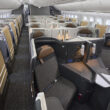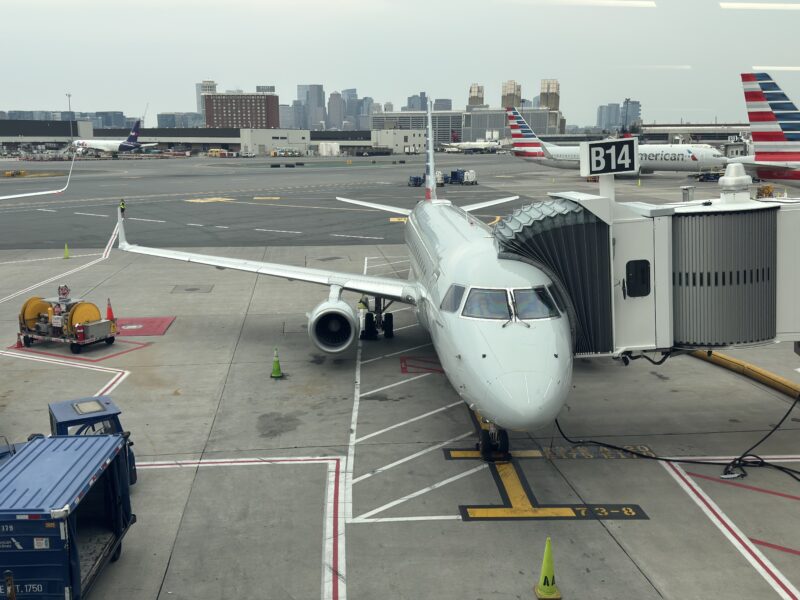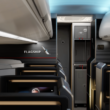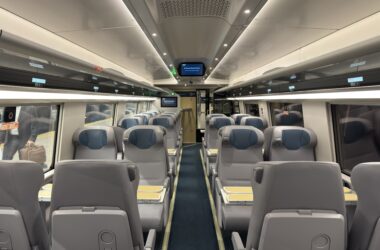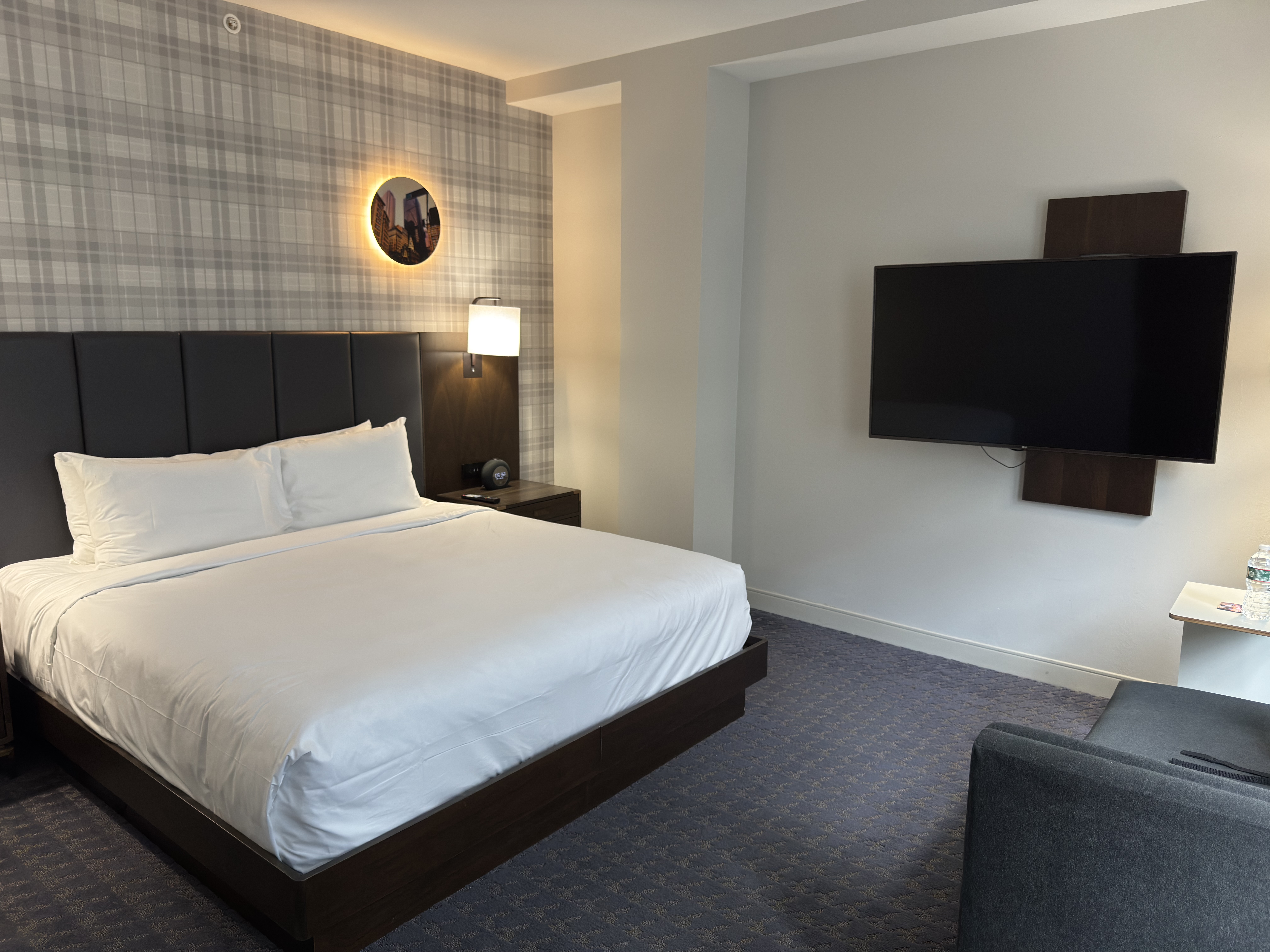American Airlines is in the process of upgrading its regional jet Wi-Fi. The airline has partnered with Intelsat to deliver satellite-based Wi-Fi for its approximately 500 regional jets, including the Embraer 175 and the CRJ700 and 900.
This upgrade was announced back in 2023, and American is still very much in the process of installing new Wi-Fi on its regionals. However, I was able to score a chance to try it out the other day on a flight aboard the Embraer 175 from Boston to New York. It’s safe to say that I was impressed.
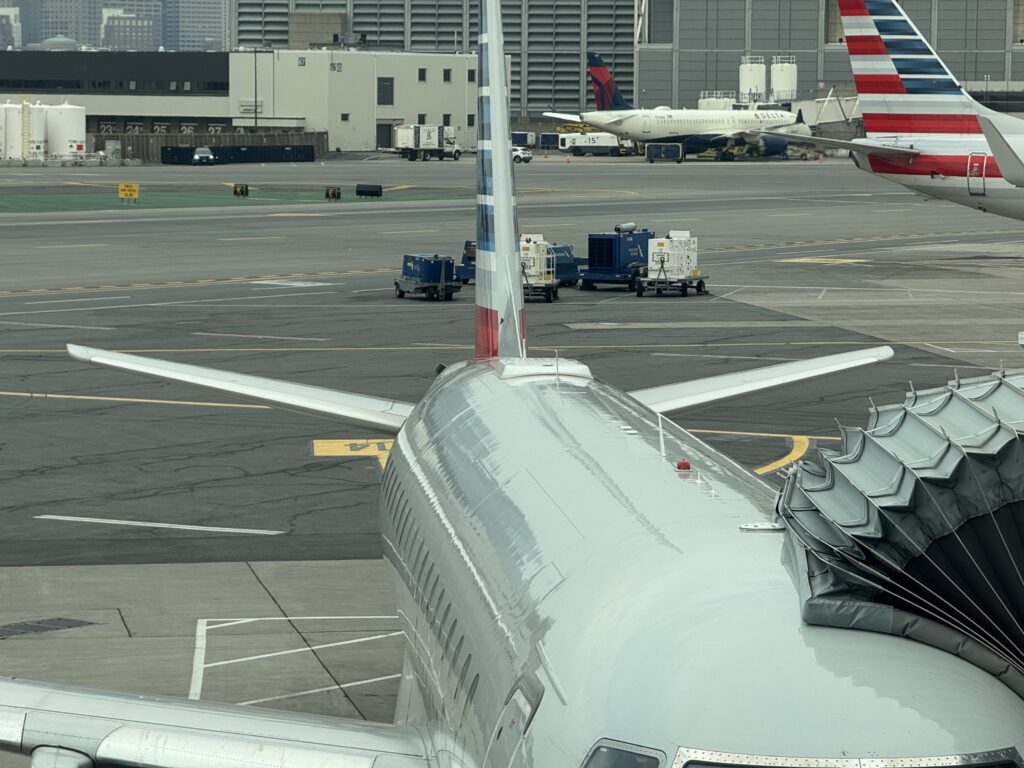
The aircraft was N409YX. Before boarding, I noticed it was equipped with a flat radome towards the back end on top of the fuselage. That’s a telltale sign of the new high-speed Wi-Fi, which got me excited.
You’ll find many aircraft still without the hump, and it’s pretty easy to spot once you know what you’re looking for.
According to the Flighty App, I had flown this bird once back in January 2023, obviously without the Intelsat Wi-Fi.
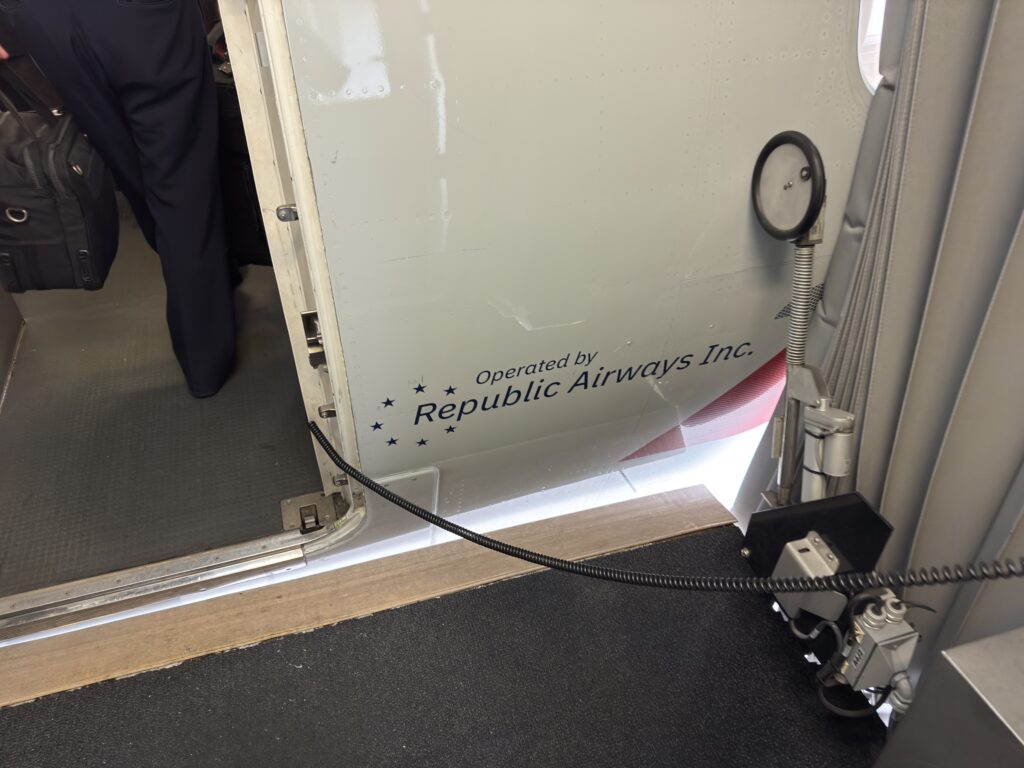
Operated by Republic Airways, otherwise known as Brickyard!
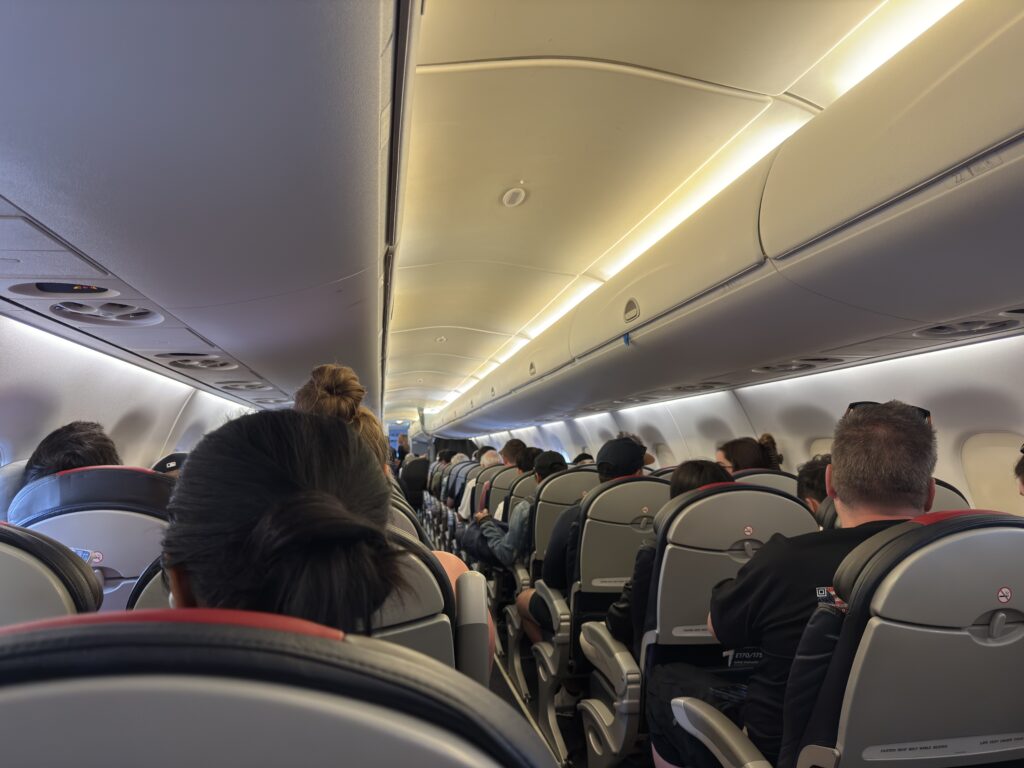
I was seated towards the back of the plane on this flight. I don’t suppose the seating placement on the aircraft matters for Wi-Fi speed, but thought I’d share anyway.
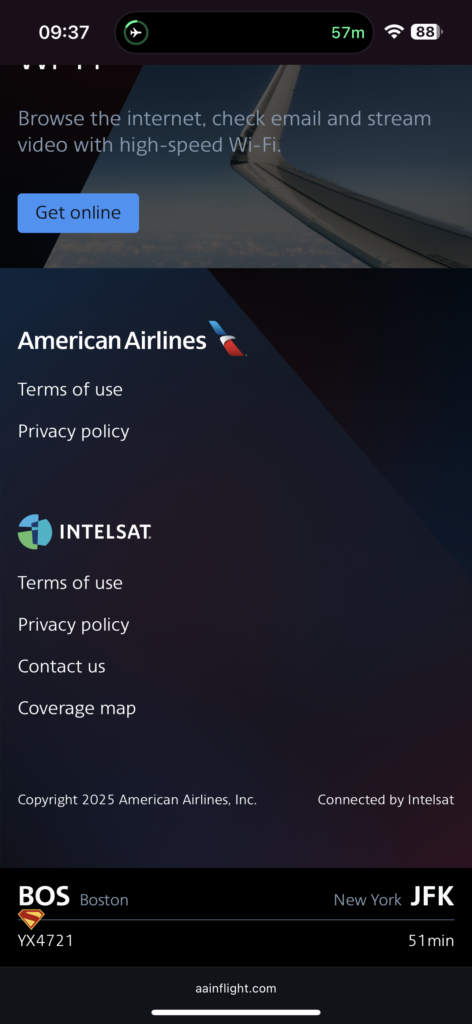
Wi-Fi wasn’t immediately available after the completion of boarding, but it became available during taxi. I connected and opened aainflight.com. Scrolling down and seeing “Intelsat” confirmed my hopes of this being the new high-speed Wi-Fi.
One of the features of this new Wi-Fi is being able to connect during taxi, takeoff, climb, cruise, approach, and landing. Basically, you can connect for the entire flight.
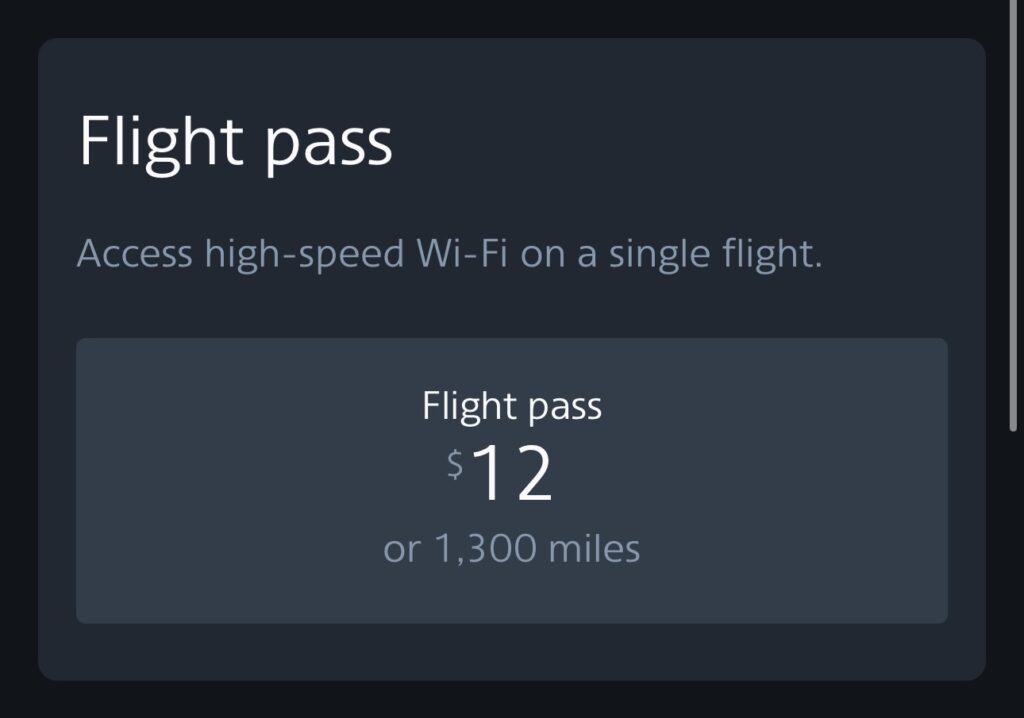
Wi-Fi was a hefty $12 for the short 1 hour hop. American is introducing free Wi-Fi starting in January, which has been long overdue.
I was willing to dish out the $12 to try out the new high-speed Wi-Fi, but this is otherwise not worth it for such a short flight. I can’t wait for the January rollout of free connectivity.
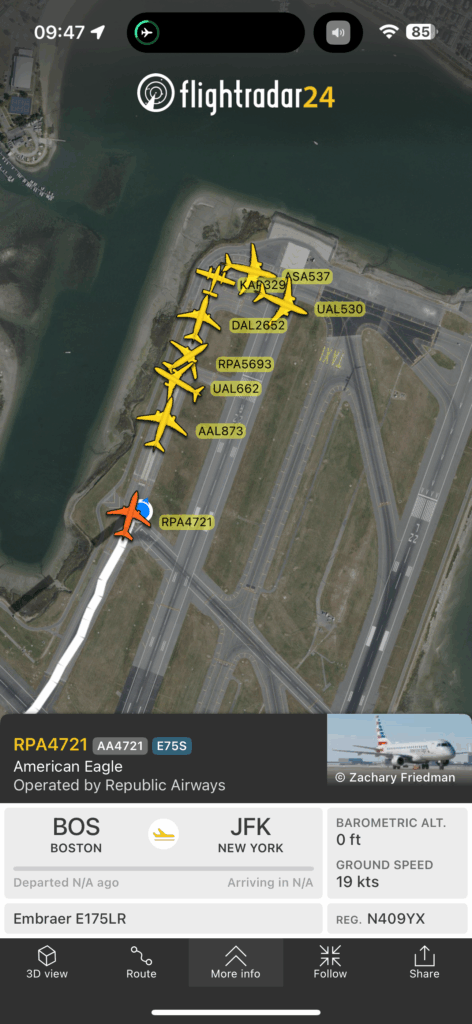
Having connected, I quickly tuned into LiveATC.net to listen to my flight, Brickyard 4721, as we taxiied to the runway. Not something you can do without the new Intelsat connectivity.
It’s a pretty cool experience listening to ATC instructions as you climb out of the airport.
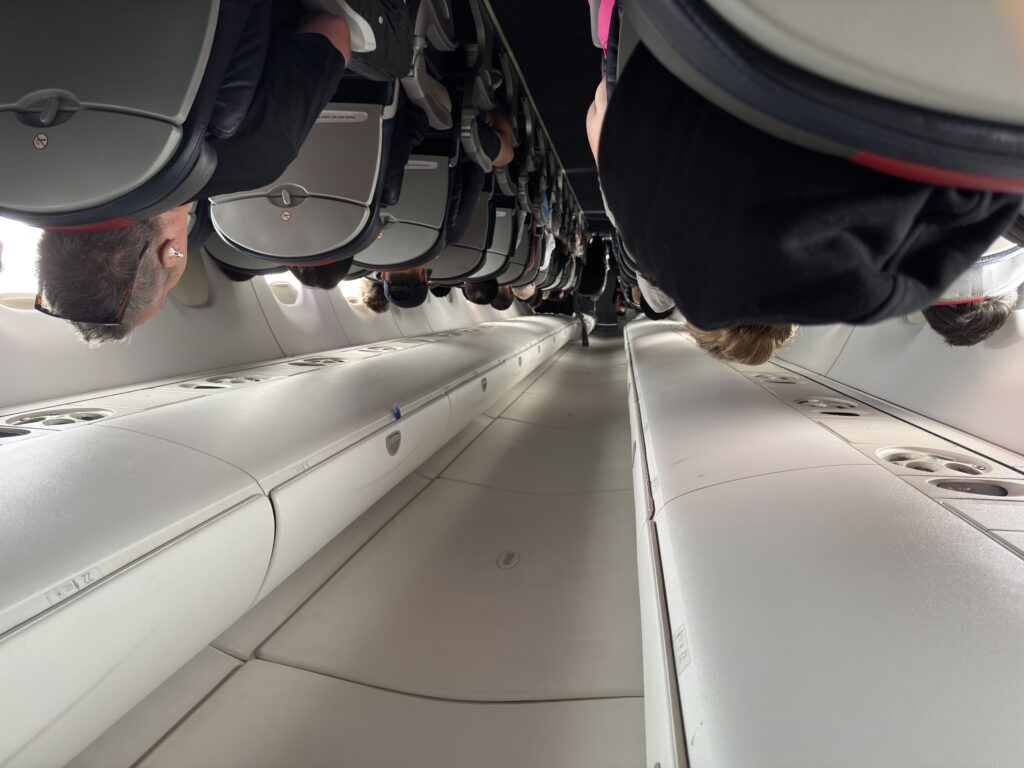
This was a full flight on the Embraer 175.
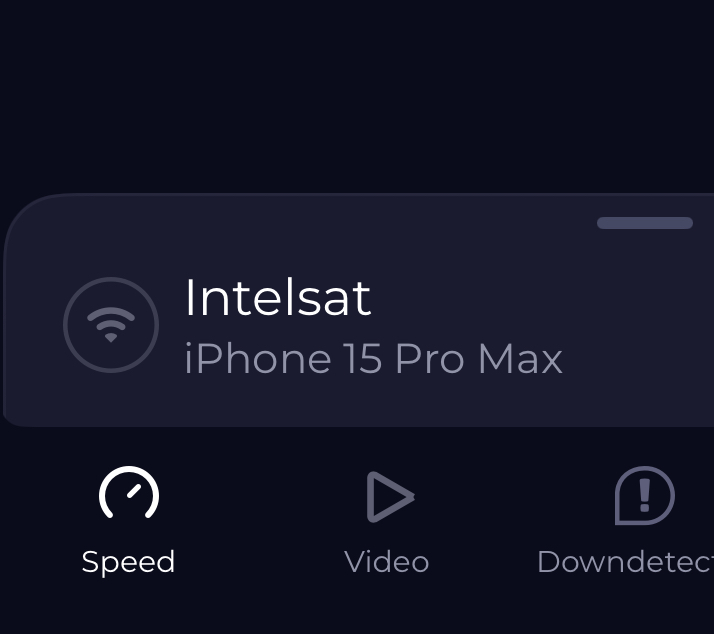
During our climb, I decided to test out some of the speeds using the Speedtest app.
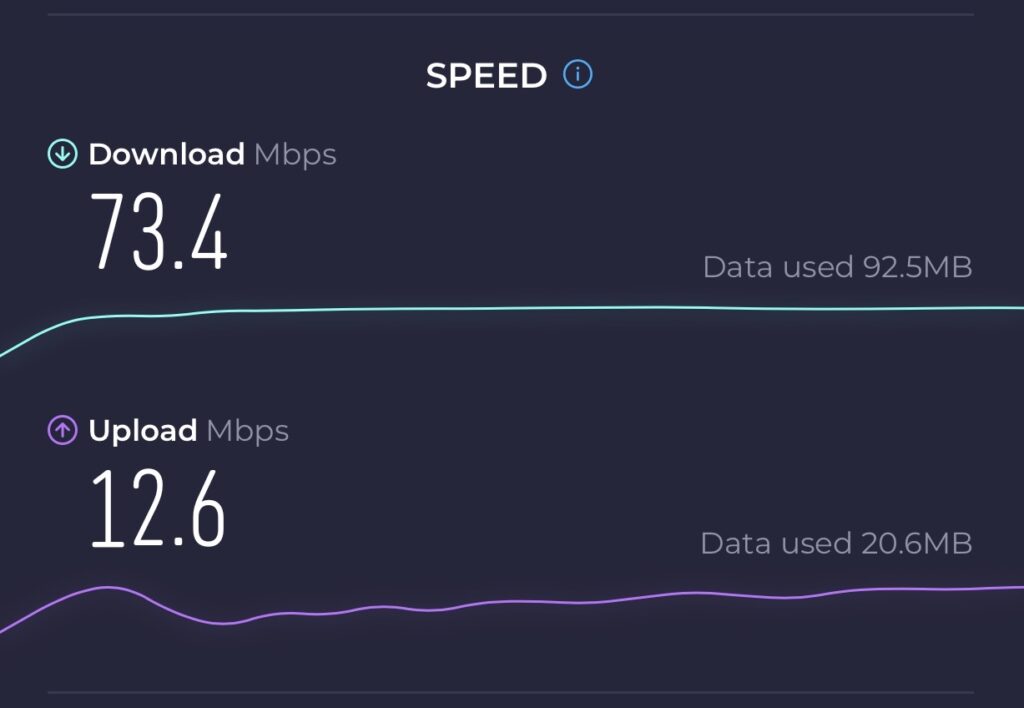
I measured speeds during climb, cruise, and final approach. I consistently got download numbers around 70 Mbps, and upload speeds of around 10 Mbps.
To put it simply, it was more than fast enough to conduct common online tasks on this flight.
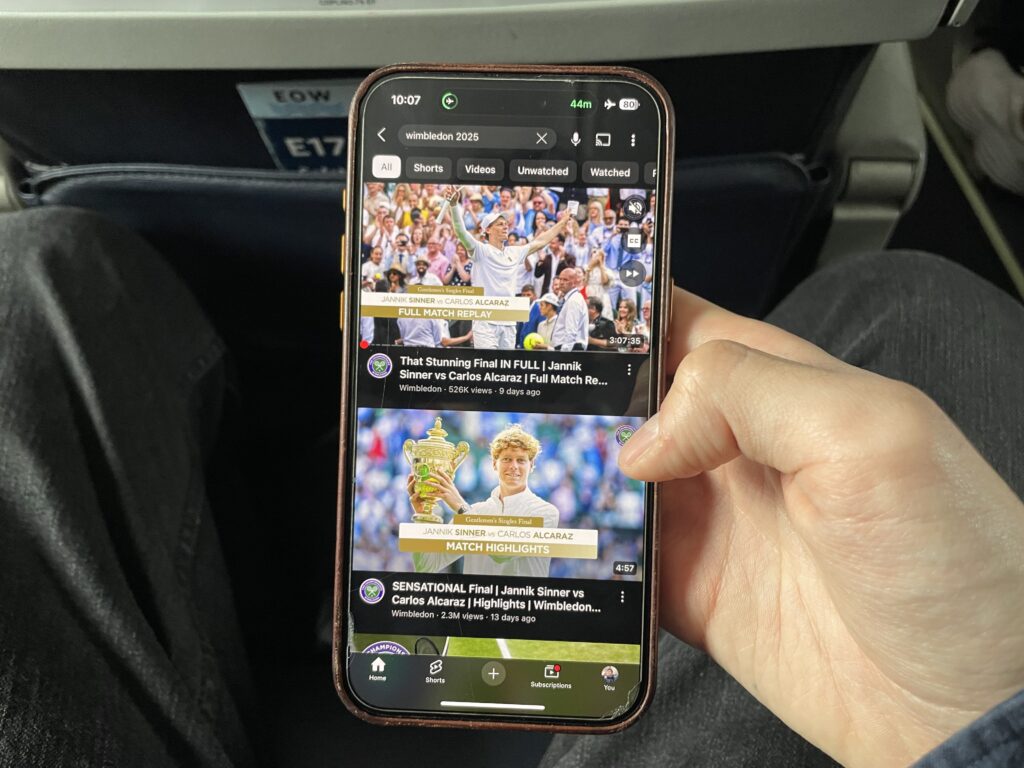
I was able to browse the internet, such as social media including Instagram and TikTok, as if I were at home. YouTube would also load as if I were at home.

I barely experienced any loading time, if at all. It was a fantastic experience.
Wi-Fi never cut off during the short flight, either. I was connected all the way through landing, despite an announcement stating that Wi-Fi would automatically shut off as we passed through 10,000 feet. Not a thing with the new equipment.
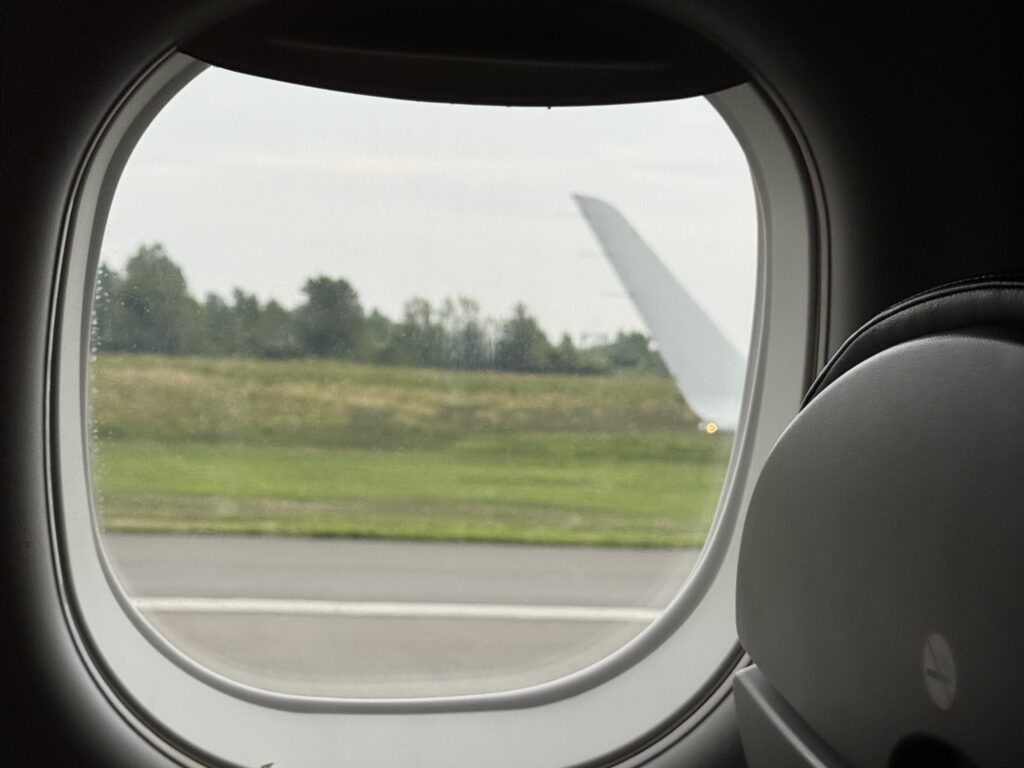
All in all, the speedy connectivity via Intelsat was amazing. As I said, it felt like I was using my internet at home. Connectivity on regional jets is traditionally poor, and this will be a great passenger experience improvement for American Eagle flights moving forward.
I’m interested to see how it all performs once January rolls around, with the beginning of free Wi-Fi. I’ll also be able to get a broader experience using American’s Intelsat system then, as I won’t have to dish out $10+ every flight, and more aircraft should be equipped with the new connectivity.
All photos taken by the author unless otherwise noted.



